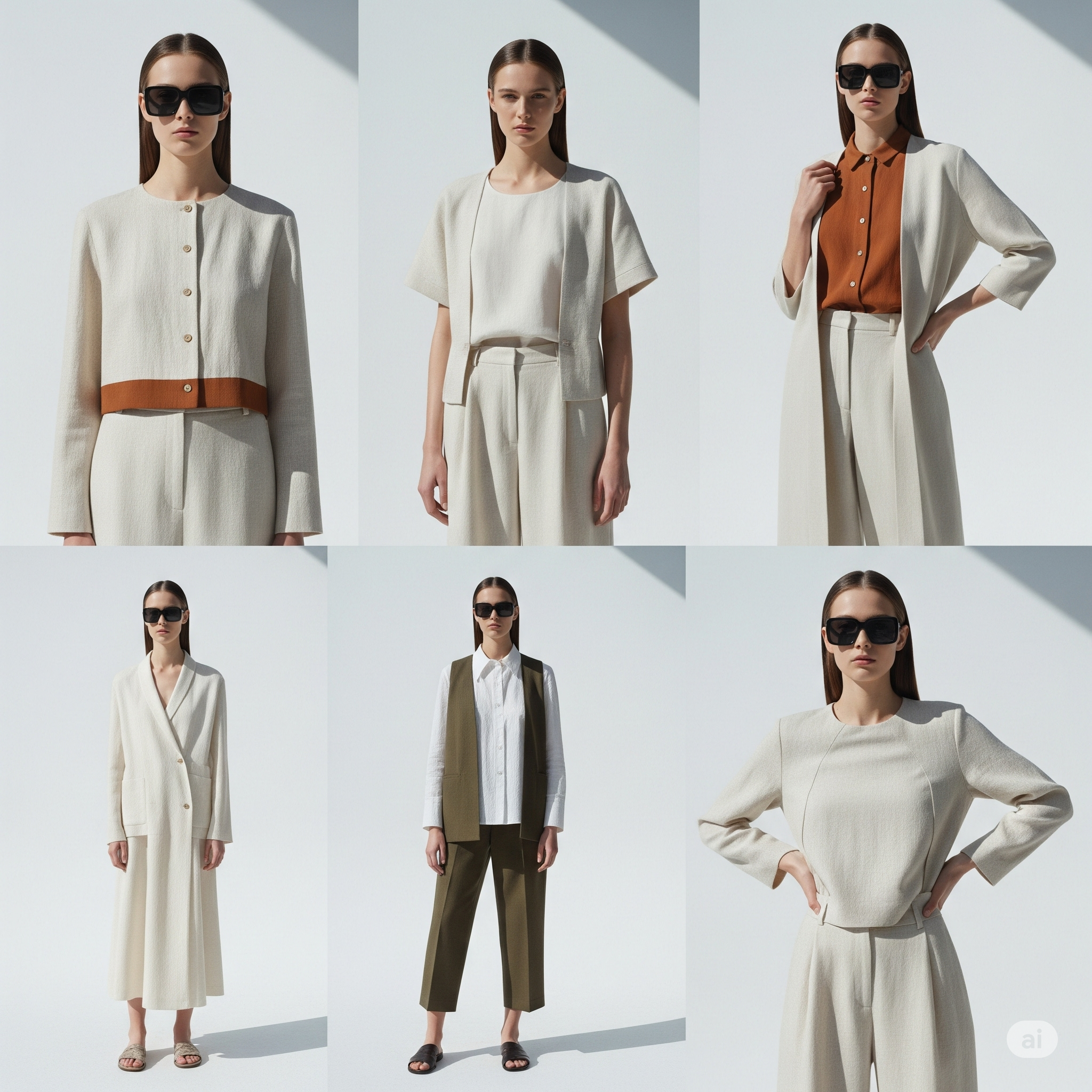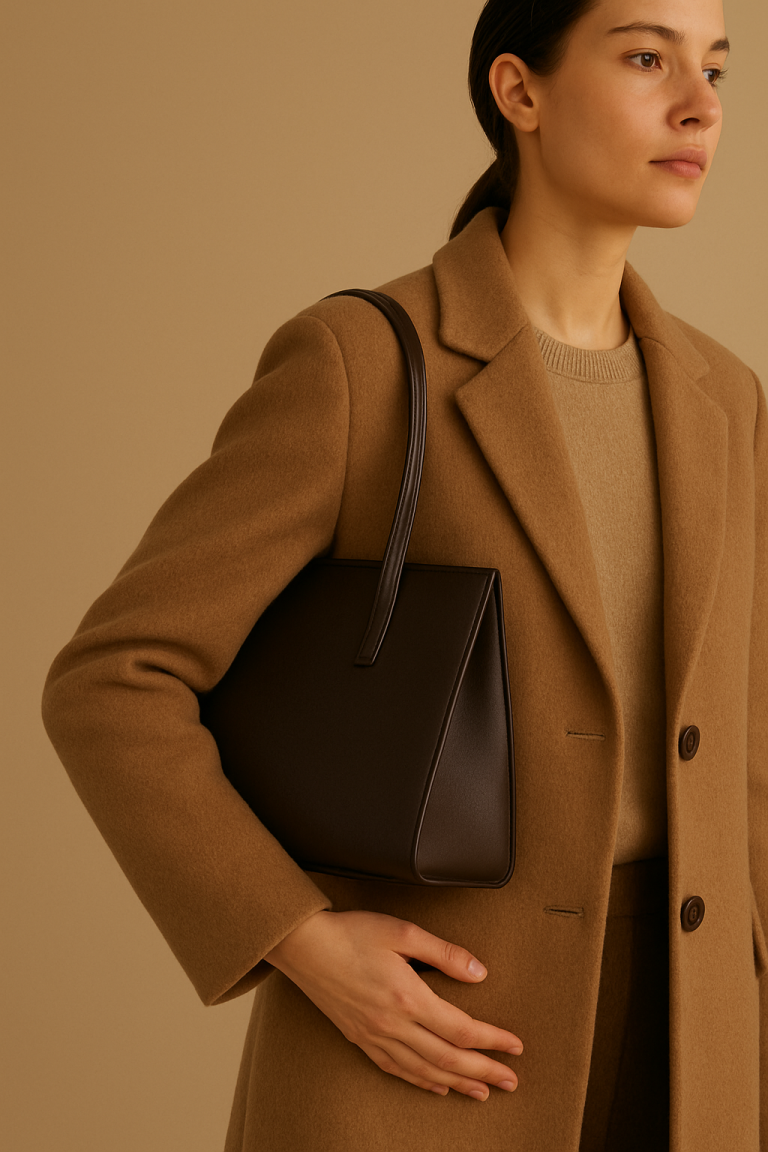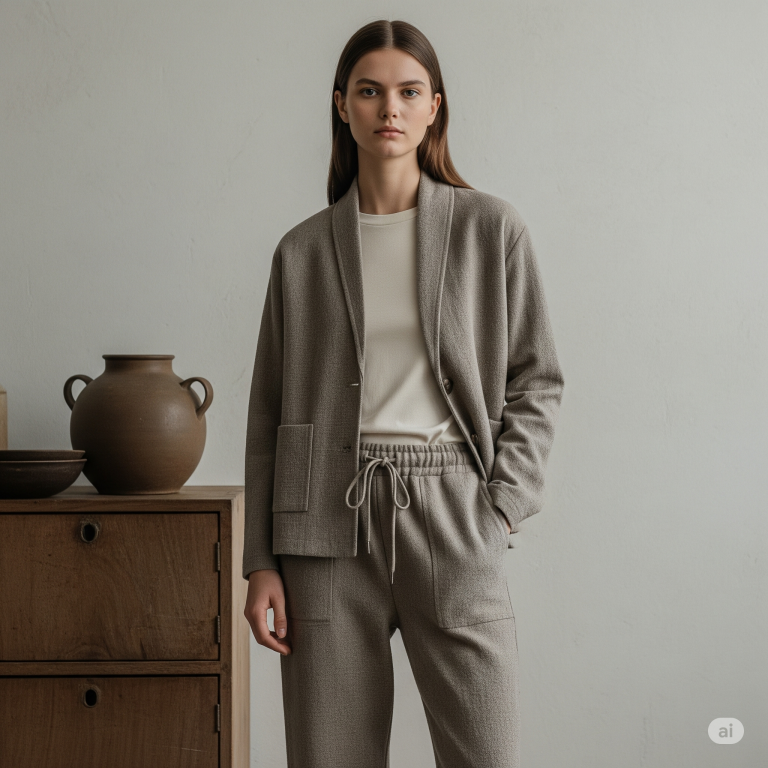
There was a time when status was sewn into the seams of a handbag, where luxury whispered loudly through gilded emblems and oversized branding. But now, a hush has fallen over the fashion elite. One that speaks volumes.
Welcome to the era of conscious high fashion — where silence is the new signature, and restraint is the boldest rebellion of all.
The Rise of the Silent Statement: Why Branding Is Out and Purpose Is In
Look around at the front row of any major fashion week, and you’ll notice something conspicuously absent: logos. Once an unavoidable badge of prestige, overt branding has been replaced by subtle tailoring, rare textiles, and pieces that whisper sophistication instead of shouting it.
This isn’t just about aesthetics. It’s a rejection of the fashion industrial complex that commodified identity and inflated ego. In its place is a new kind of cachet — one that values craftsmanship, ethical transparency, and environmental impact.
To wear something unbranded, yet impeccably made, is to declare independence from the machinery of mass desire. It’s not anonymity; it’s autonomy.
From Catwalk to Compost: How Designers Are Reimagining Waste
In the ateliers of Paris, Milan, and beyond, scraps no longer mean discard. They mean opportunity.
Designers are flipping the script on textile waste, not only minimizing their environmental footprint but transforming excess into artistic expression. Gone are the days when sustainability was equated with hemp totes and shapeless silhouettes. Today’s visionaries are turning deadstock, offcuts, and recycled fibers into garments of extraordinary beauty and intent.
From catwalk to compost, luxury brands are embedding decomposition into their design ethos. Stella McCartney leads the charge with biodegradable faux leather; Eileen Fisher revives discarded pieces through take-back programs and reinvention studios. Even heritage houses, once anchored in tradition, are experimenting with regenerative materials and circular design practices.
Waste isn’t just being reduced — it’s being revered.
Minimalism Meets Mindfulness: The Aesthetic of Ethical Opulence
Forget maximalism. The new opulence lies in intentionality.
Minimalism meets mindfulness in garments that embrace simplicity without sacrificing sensuality. These are clothes that flow with the body, breathe with the seasons, and evolve with the wearer. The silhouette is clean, the palette muted, but the message profound.
This aesthetic is not sterile. It’s soulful.
Think silk dyed with natural indigo, hand-finished seams, buttons carved from discarded seashells. It’s luxury, distilled — not diluted — by ethics. Each piece is a meditation on restraint, proof that fashion can be both exquisite and enlightened.
Craft Over Clout: The Return of the Artisan in High Fashion
In a world numbed by mass production, the hand has become sacred again.
Craft over clout is not just a design principle — it’s a cultural correction. The fashion houses that once chased speed and scale are now slowing down to honor tradition, storytelling, and the human touch.
From Japanese boro stitching to Moroccan embroidery, ancient methods are being revived and respected. Artisans are no longer hidden in the shadows of supply chains but brought into the spotlight as co-creators. Their work isn’t a trend. It’s legacy.
Brands like Bode, Loewe, and The Row are making headlines not for shock-factor designs, but for the quiet intricacy of handwoven fabrics, the soul of a hand-dyed coat, the imperfection of the handmade — which, paradoxically, makes it perfect.
Luxury Without Excess: The New Standard for Status Symbols
Once upon a time, luxury meant more: more sparkle, more skin, more money, more drama. Today, the pendulum swings in the opposite direction.
Luxury without excess defines a new era of elegance — one grounded not in accumulation, but in reduction. Owning less, but better. Wearing slower, but deeper. It’s the art of subtraction, practiced with the precision of a master sculptor.
To wear a flawlessly tailored wool coat with no visible branding speaks louder in 2025 than a logo-plastered outfit ever could. Status symbols are no longer purchased — they’re curated, lived in, and chosen with care.
This isn’t minimalism for trend’s sake. It’s a lifestyle pivot. A philosophical shift. A sartorial sigh of relief.
Eco Is the New Exclusive: Why Sustainability Signals Sophistication
The true elite don’t flaunt wealth — they demonstrate awareness.
Eco is the new exclusive, and not because it’s the popular thing to say. It’s because it requires discipline, research, access, and — ironically — privilege. But that privilege is increasingly used to support ecosystems, not exploit them.
Organic cotton sourced from regenerative farms in Peru. Limited-edition runs to minimize overproduction. Vegan silk derived from orange peels. These aren’t gimmicks — they’re the foundation of a quiet revolution.
To invest in sustainable luxury is to say: I care about tomorrow, not just today. I care about the soil, the hands that sewed this hem, the waters that rinsed this dye. It’s not performative. It’s perspective.
Beyond Trends: How Conscious Fashion Is Redefining Timelessness
Fashion, by nature, is cyclical. But conscious fashion dares to step off the hamster wheel.
Beyond trends, these garments aren’t made to chase fleeting relevance. They are sculpted to endure — emotionally, materially, and spiritually. A conscious dress isn’t a seasonal thrill; it’s a decade-long companion. A well-made jacket becomes an heirloom, not landfill.
By rejecting fast-fashion timelines, designers are stretching the lifespan of beauty. Capsule wardrobes curated with thought. Modular pieces that evolve with styling. Climate-conscious collections that sync with the rhythms of nature, not just retail.
This is not nostalgia for old-world elegance. It’s the blueprint for future fashion.



